
Is a Class 3 eBike Right for You? Uncovering the Pros, Cons, and Expert Buying Tips
Introduction – Setting the Stage
Class 3 eBikes have quickly become popular among urban commuters and fitness fans. They offer speed boosts and tech features that many riders love. We want to help you decide if a Class 3 eBike fits your needs with this clear guide that covers all important aspects.
Today's busy city life demands transportation that delivers both speed and safety. This makes these powerful bikes an appealing choice for many people who need to get around efficiently.
Our guide looks closely at what makes a Class 3 eBike special. We explain the technical details, rules about using them, and their strengths and weaknesses. Each part includes expert advice and real experiences from years in the electric bike industry.
By the end of this article, you'll understand both the benefits and limits of Class 3 models. We suggest thinking about local laws, your daily travel needs, and your budget. This complete review helps you make a smart choice that matches your lifestyle and where you ride.
Our main goal is helping commuters and bike enthusiasts decide if a Class 3 eBike's speed and features meet their needs. Let's explore these bikes in detail so you can make the best choice.
What is a Class 3 eBike? – Definition and Regulatory Overview
Definition and Key Features
A Class 3 eBike, often called a speed pedelec, has a pedal-assist system that helps riders reach speeds up to 28 mph. These bikes only work when you pedal and many don't have a throttle. They feel natural to control while giving you a big boost during commutes.
The motor power usually stops at 750 watts, following rules in many areas. This power helps riders climb hills and move through heavy traffic with ease. Class 3 eBikes typically have built-in speedometers so riders can track how fast they're going.
These bikes excel at covering long distances quickly while still giving you exercise. The motor works with your pedaling to make riding more enjoyable. For more information about electric bike types and features, check the Consumer Reports Electric Bike Guide.
Regulatory Aspects and Legal Limitations
Rules for Class 3 eBikes vary widely between states and cities. Many places don't allow these bikes on bike paths, nature trails, or shared walkways because they go too fast. Riders often must be at least 16 or 17 years old and wear helmets for safety.
Since local laws differ so much, you should check the rules in your area before buying a Class 3 eBike. Some places treat them like safe alternatives to mopeds, while others have stricter rules about where and how you can ride them.
Many states use a three-level system for eBikes. Class 3 models are the fastest and face the most rules since they can reach 28 mph with pedal assist. Riders should know that bike paths might be off-limits under certain regulations. Understanding these rules is essential for safe, legal riding.
Technical Specifications
Class 3 eBikes come with strong features designed for better performance and durability. The motor typically maxes out at 750W, paired with a lithium-ion battery that lets you ride far. The pedal-assist system smoothly blends your effort with electric power, and stops helping once you reach 28 mph.
These bikes often have advanced sensors that monitor how fast you pedal and how hard you push. The frames are usually stronger than lower-class models to support bigger batteries and more powerful motors. Weight balance and frame design provide stability in cities and efficiency on longer rides.
They also include safety features like hydraulic disc brakes and design elements that improve stability. Many options for accessories, from fenders to built-in lights, make these bikes a premium choice. They balance high performance with safety, giving riders a versatile and powerful machine.
Advantages of Class 3 eBikes – Why They Might Be Right for You
Enhanced Speed and Efficiency
A big advantage of Class 3 eBikes is their higher speed of up to 28 mph, which makes commutes shorter and more efficient. These bikes work great for people with long daily rides or those dealing with heavy traffic.
The impressive speed helps riders keep up with city traffic, reducing time spent waiting at lights. Even during long rides, the motor support keeps fatigue low. This mix of your effort and motor power uses energy efficiently and makes long distances less tiring.
Powerful Motors and Extended Range
These bikes have strong motors that deliver both speed and power for climbing steep hills and handling tough terrain. The motor consistently provides power at high speeds, which helps greatly in cities with varied landscapes.
Long-lasting batteries ensure riders can complete extended commutes without worrying about running out of power. Modern Class 3 eBikes maximize battery efficiency, with many models covering 30 to 50+ miles per charge.
Customer satisfaction remains high among Class 3 eBike users because of their long range and reliable performance in different conditions. These features create a smooth riding experience that appeals to serious commuters and casual cyclists alike.
Improved Safety and Stability Features
Safety comes first in Class 3 eBike design. Enhanced safety features like hydraulic disc brakes provide quick stopping power even at higher speeds. The speedometer helps riders control their speed, which is crucial for safe urban riding.
Advanced stability systems, including optimized frame design and better weight distribution, improve comfort and handling. These bikes are built to handle unexpected situations like sudden stops or quick direction changes.
Many surveys show that riders feel safer during high-speed trips on Class 3 eBikes compared to some lower-class options. The built-in safety features and extensive real-world testing make these eBikes both reliable and high-performing.
Drawbacks and Limitations of Class 3 eBikes – What to Consider
Higher Costs and Maintenance
Class 3 eBikes cost more than Class 1 or 2 models because of their advanced technology and stronger parts. The investment isn't just money; maintenance may require more attention to special components like high-capacity batteries and powerful motors.
Repairs and upkeep can be more expensive, especially for complex electrical systems. Riders should expect potentially higher maintenance costs when choosing a top-tier eBike.
The advanced features that improve performance and safety often lead to higher purchase prices and ongoing service needs, though these costs are balanced by the benefits during long-term use.
Restricted Access and Legal Limitations
Legal restrictions present major challenges for potential Class 3 eBike buyers. Because they can reach 28 mph, many cities don't allow these bikes on bike paths, in parks, or on multi-use trails.
These rules mean riders might have to use roads even in recreational areas where slower eBikes would be allowed. Age limits and helmet requirements in some states add extra rules that can restrict who can use Class 3 models.
It's essential to research local laws before buying. Knowing where you can legally ride helps avoid unexpected fines and allows safe integration of your eBike into daily transportation.
Heavier Build and Handling Concerns
With powerful motors, larger batteries, and added safety features, Class 3 eBikes weigh more than lower-class models. This extra weight can make the bike harder to handle in crowded areas or when carrying it up stairs.
The increased weight balances higher speeds with maneuverability. While the heavier frame improves stability, it can affect agility in tight spaces or busy areas.
Potential buyers should think about their riding environment and whether the extra weight might make it hard to transport or store the bike. Test rides and dealer consultations help ensure the handling matches your personal style and practical needs.
Buying Tips – How to Choose the Right Class 3 eBike for Your Needs
Assessing Your Riding Needs and Environment
Before buying a Class 3 eBike, analyze your riding habits and environment. Consider factors like daily commute distance, terrain type, and typical traffic conditions.
For long commutes on paved roads, the speed and efficiency of Class 3 models offer clear advantages. However, if you often ride off-road trails or shared paths, legal restrictions might make other eBike classes more practical.
Understanding your specific needs helps narrow down available models and ensures you select an eBike that fits both your lifestyle and local rules.
Evaluating Key Specifications
When comparing Class 3 eBikes, pay attention to important technical details like motor power, battery capacity, and weight. A 750W motor is standard in these bikes, providing the support needed for high-speed travel.
Battery life is critical; longer ranges (measured in watt-hours) mean fewer recharges during daily use. Creating a comparison chart of features like motor power, range, weight, and extras can be very helpful.
For detailed comparisons of models and specifications, check Bicycling Electric Bikes. These charts clearly show differences between models, giving perspective on value trade-offs.
Budget Considerations and Value for Money
Budget often determines eBike selection, and Class 3 models usually cost more. You should weigh the higher upfront cost against benefits in performance and durability.
While you pay more initially, investing in an eBike with advanced features often reduces long-term costs through better maintenance intervals and longer life. Budget-conscious buyers should look for models balancing quality components with affordable prices.
Comparing multiple models and reading customer reviews helps identify which eBike offers the best value for your needs. Remember to include hidden costs like battery replacement and service fees in your budget planning.
Test Rides and Dealer Interactions
A test ride is essential when choosing a Class 3 eBike. Experiencing the ride firsthand lets you assess comfort, handling, and how well the pedal-assist system works.
Talk with knowledgeable dealers who can explain local regulations and recommend models suited to your riding environment. Dealers often have demo units and can answer questions about maintenance or customization options.
Schedule several test rides to ensure the eBike meets your performance expectations before deciding. This approach reduces the risk of buyer's regret and confirms the eBike suits your intended use.
Unique Insights and First-Hand Experiences – Beyond the Specs
In-Depth Analysis from Real-World Riding
Real-world riding shows that Class 3 eBikes excel in urban commutes and long trips, offering a mix of power, speed, and stability that's hard to match. Experienced riders note that the pedal-assist mode adapts smoothly to different riding conditions.
In various urban settings, these eBikes navigate heavy traffic and handle sudden stops with ease. Test riders report that the strong motor performance and efficient battery management allow for long rides without sacrificing comfort or control.
Lessons Learned and Practical Tips
First-hand experience highlights the importance of understanding practical aspects of owning a high-performance eBike. Many experienced riders stress that regular maintenance—keeping the battery in good condition and checking brakes often—is vital for long-term performance.
Practical advice includes installing accessories like fenders and lights for safety and comfort during early morning or evening rides. Riders have found that a properly fitted eBike can reduce stress on joints and muscles compared to traditional bikes, making it appealing for those recovering from injuries or seeking low-impact exercise.
Feedback from our community shows that while technical features look impressive on paper, the true benefits come from real-world use in traffic, changing weather, and urban challenges. These insights go beyond specifications to show everyday realities of riding and maintaining these high-performance machines.
Reliability and Community Feedback
User reviews consistently praise Class 3 eBikes' efficiency and performance, especially in congested cities. Many riders like the balance between exercise and motor assistance, noting that they reach destinations faster without relying too much on electric power.
Community discussions and online forums offer valuable advice on battery care and riding techniques in urban areas. We've found that buying a Class 3 eBike often connects you with a supportive network of fellow riders eager to share experiences and tips.
This collective insight confirms that while every eBike has trade-offs, the benefits in speed, capability, and commute convenience often outweigh the drawbacks for many riders.
Conclusion and Final Recommendations
Class 3 eBikes combine speed, power, and efficiency that appeals to many users, especially urban commuters and fitness enthusiasts. The advantages of enhanced speed, powerful motors, and strong safety features make them excellent for reliable, fast transportation. However, consider the higher costs, maintenance needs, and legal restrictions before investing.
We encourage riders to examine local conditions and laws while considering test rides and dealer consultations. Positive feedback about real-world performance, combined with advances in battery and motor technology, makes Class 3 eBikes compelling options for many riders.
If you need fast, powerful, and efficient transportation and can handle the costs and regulations, a Class 3 eBike could be perfect for you. Take time to explore different models, read user feedback, and verify that local laws allow their use on your planned routes.
This guide covers all critical aspects—technical, regulatory, practical, and experiential—to help you decide wisely. The right Class 3 eBike can transform your daily commute and improve your cycling experience. Enjoy the journey and ride safely!
FAQ
-
Q: What is the main difference between a Class 3 eBike and other classes?
A: Class 3 eBikes can reach speeds up to 28mph with pedal assist, while other classes are limited to 20mph.
-
Q: Are Class 3 eBikes legal on bike paths?
A: Many areas restrict Class 3 eBikes from bike paths and trails due to their higher speeds. Local regulations vary.
-
Q: How much does a Class 3 eBike typically cost?
A: Class 3 eBikes generally cost more than other classes, with prices ranging from $2,500 to $7,000+ due to advanced features.
-
Q: What's the typical range of a Class 3 eBike?
A: Most Class 3 eBikes can travel 30-50+ miles per charge, depending on riding conditions and battery capacity.
-
Q: Do you need a license to ride a Class 3 eBike?
A: While no license is typically required, riders must usually be 16+ years old and wear a helmet according to local laws.



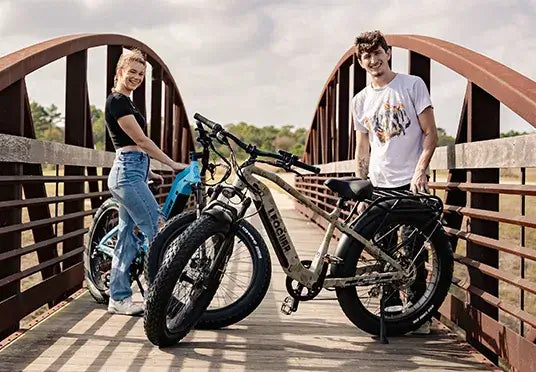
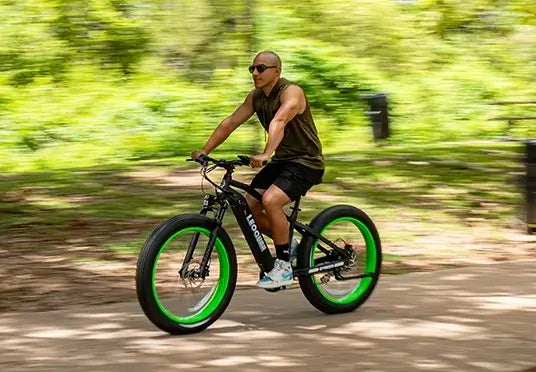
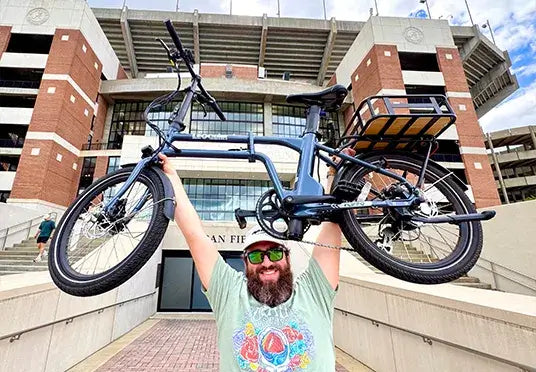
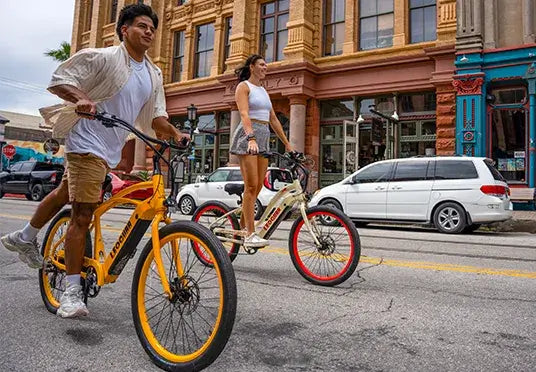
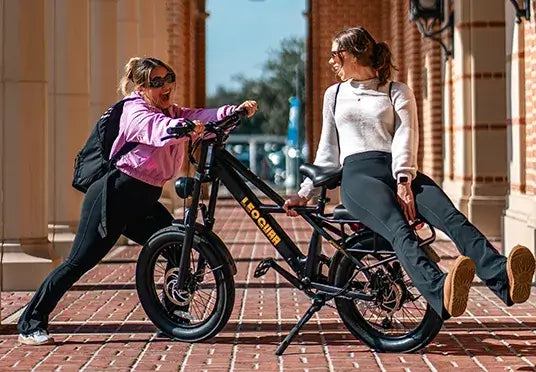
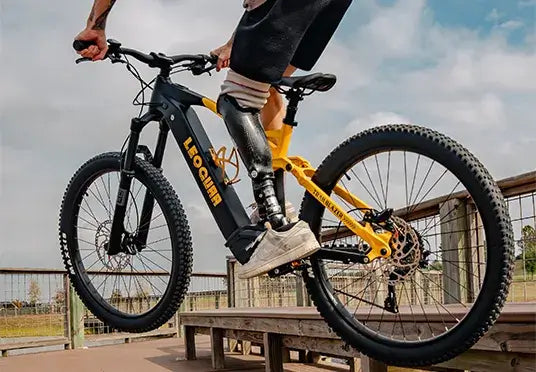

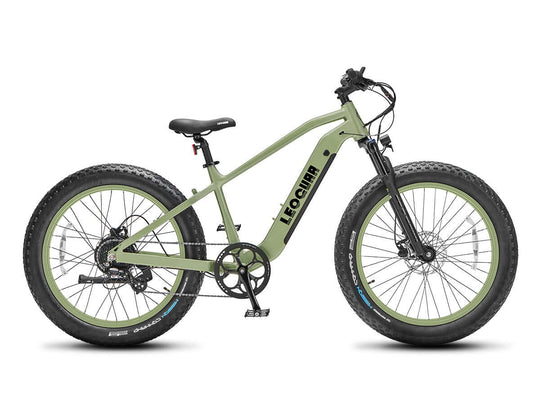
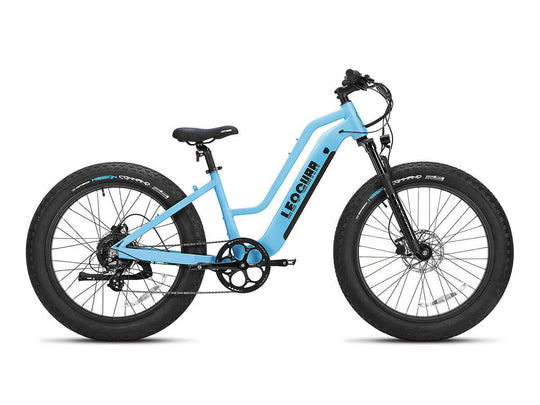
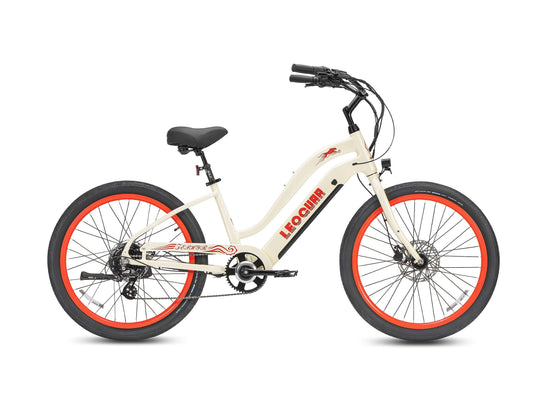
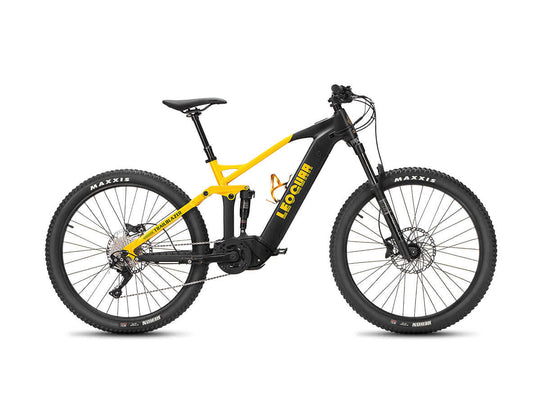
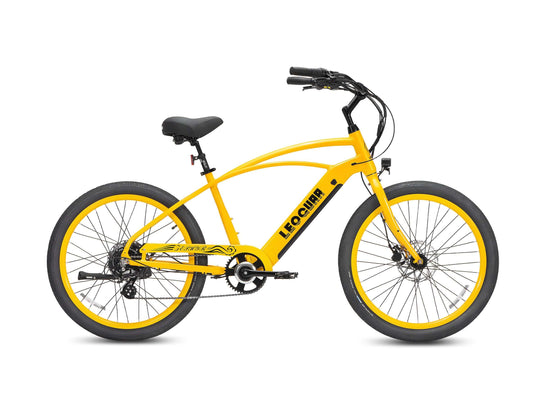
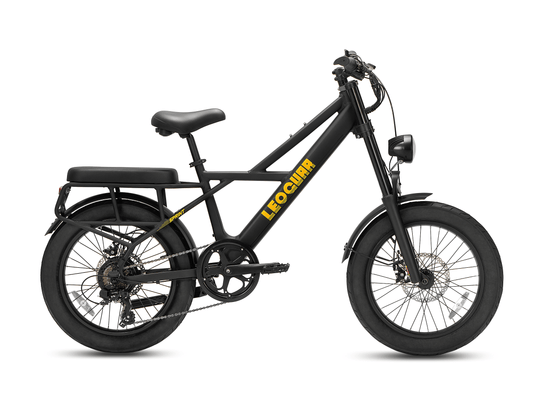

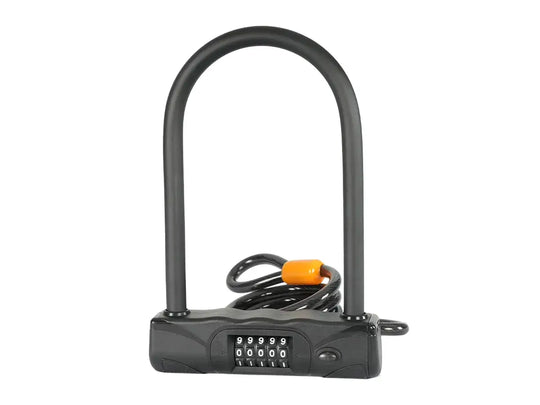
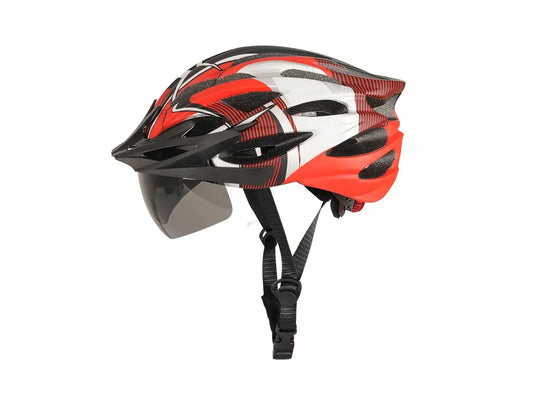
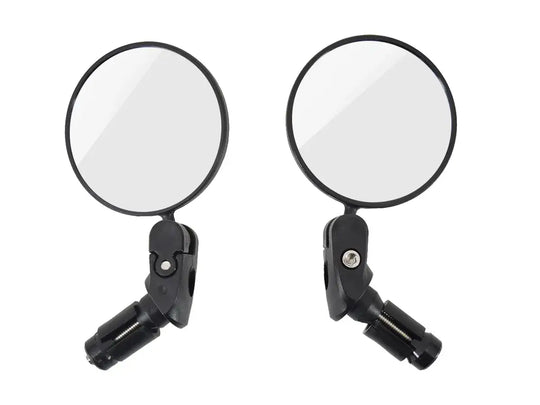

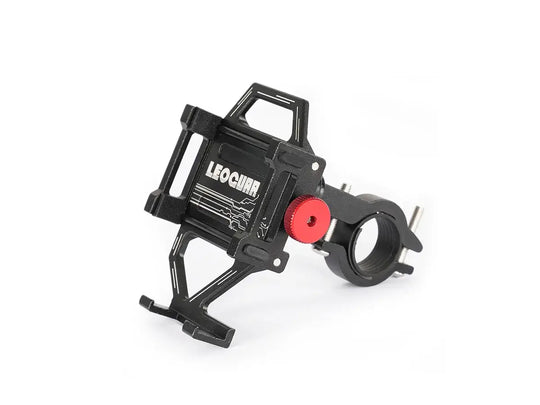
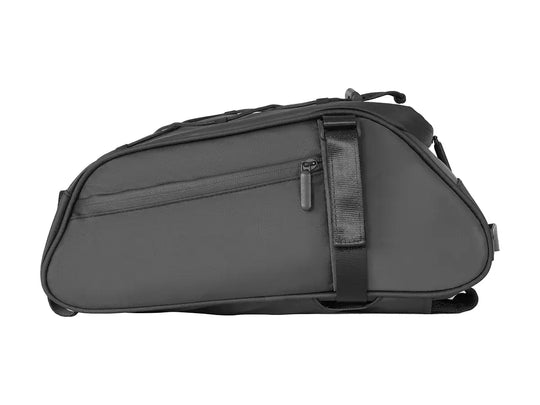
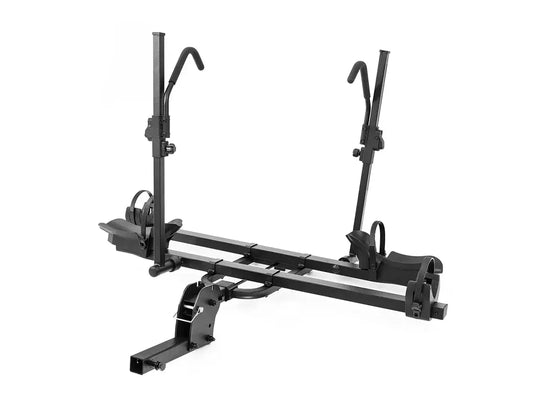
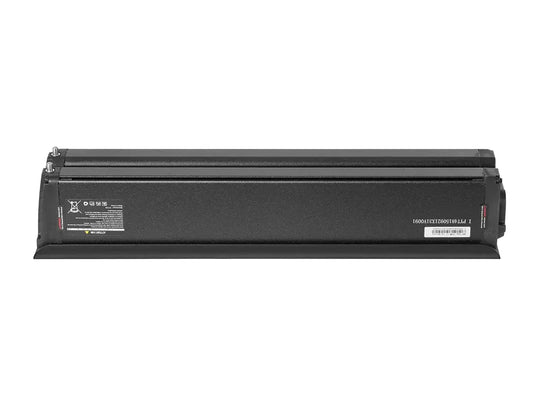
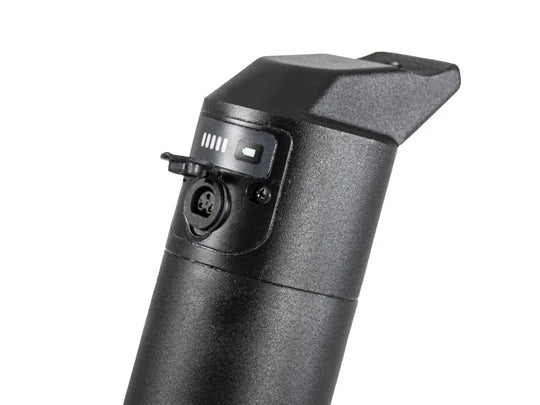
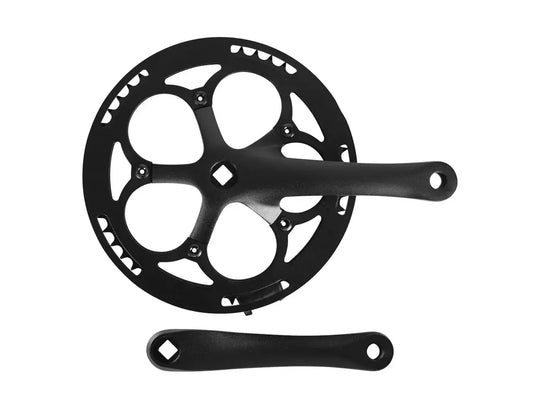
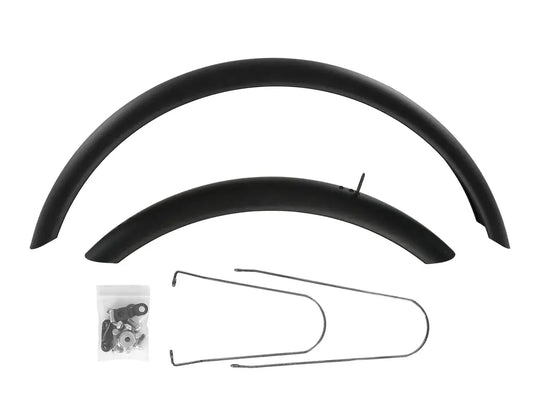
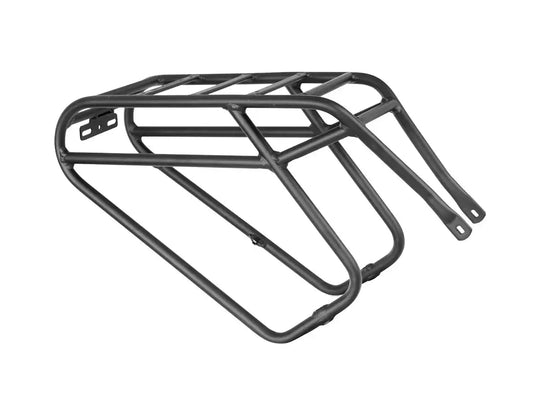
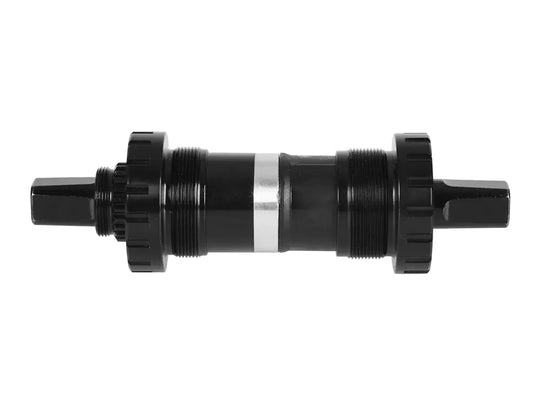
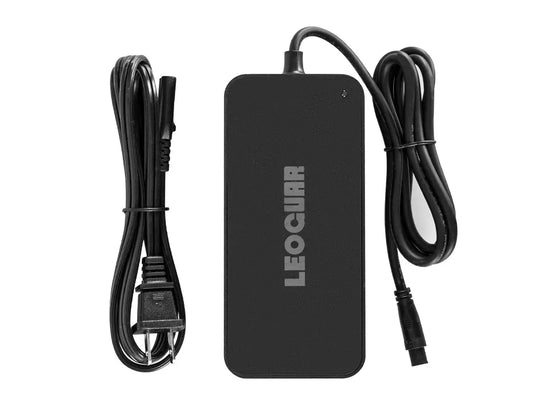
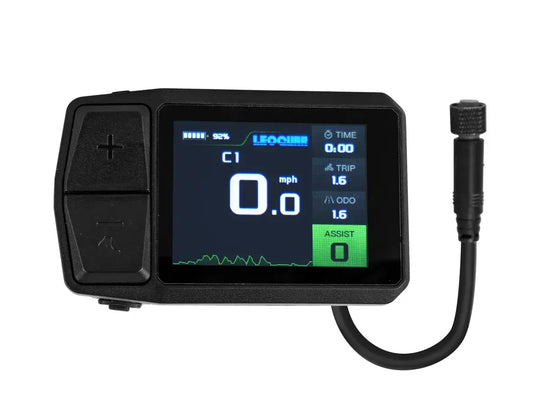

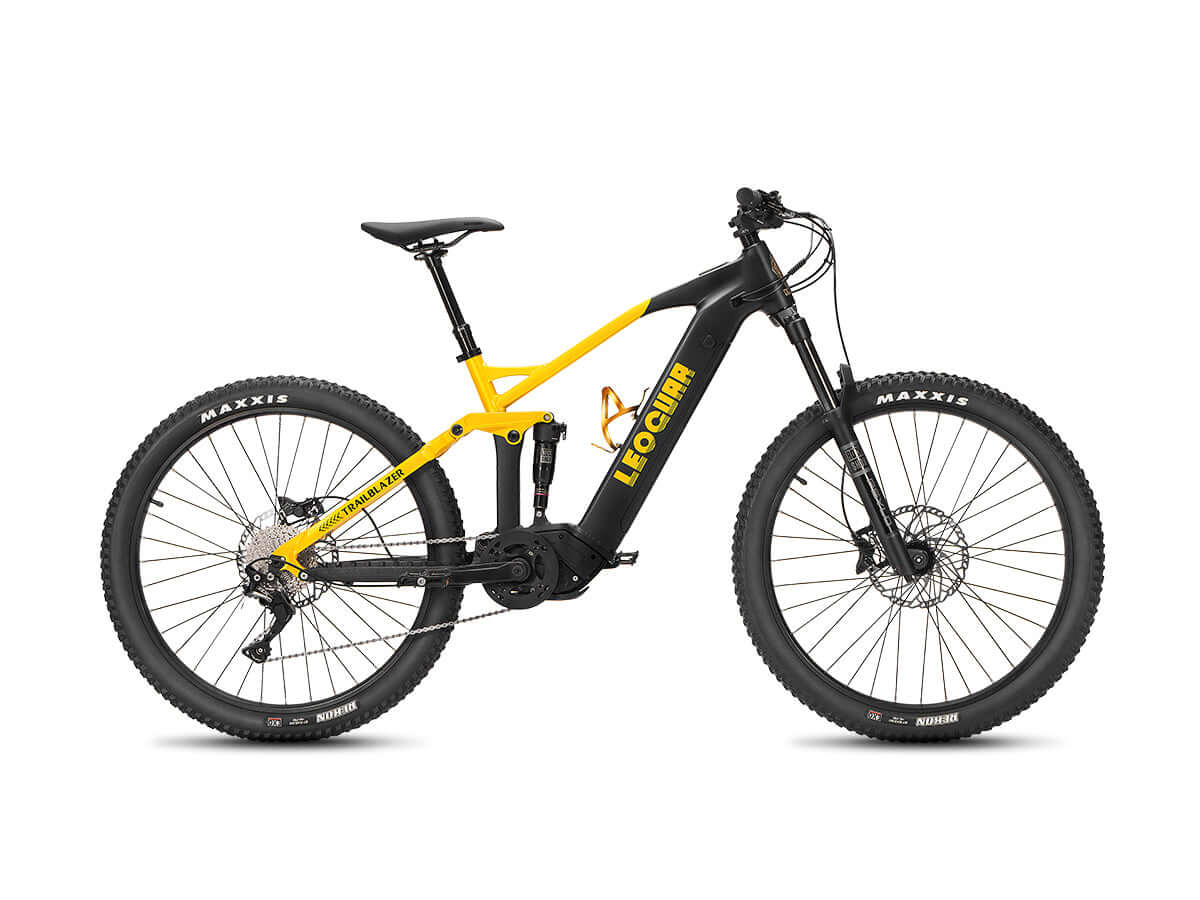








Leave a comment